Radio Frequency (RF) Jammers: RF jammers disrupt the communication between a drone and it's operator by emitting high-power radio signals on the same frequency bands used by drones. This effectively neutralizes the drone's control signals, forcing it to either land or return to its home point.
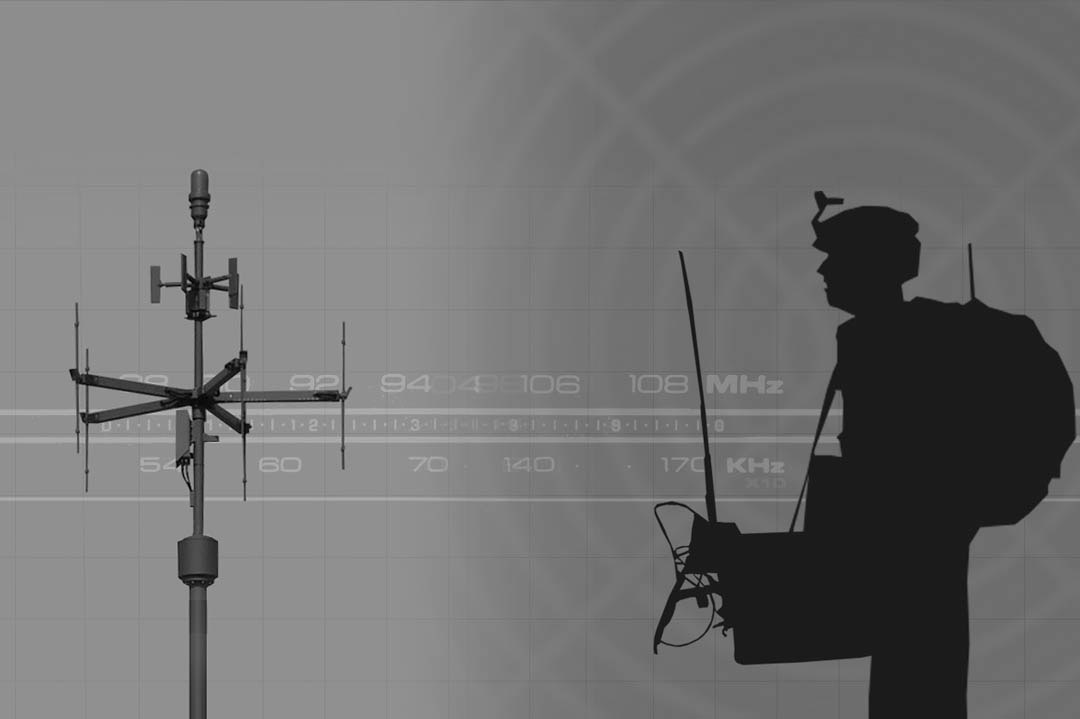
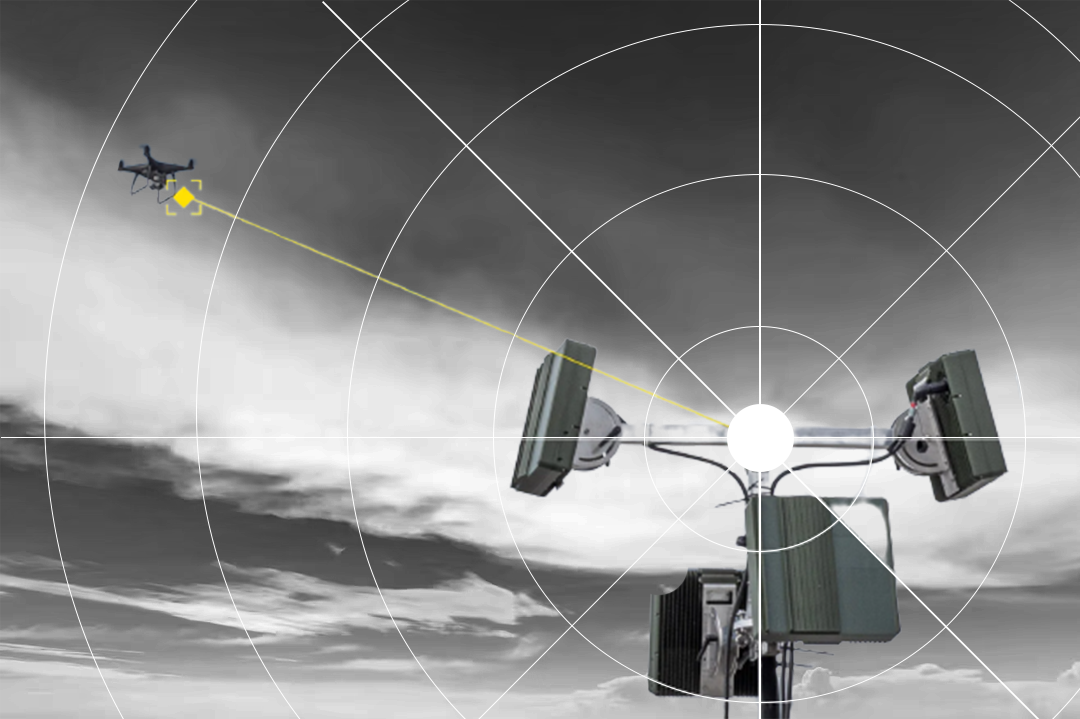
Drone Detection Systems: These types of systems use various technologies such as radar, acoustic sensors, and electro-optical sensors to detect and track drones in the vicinity. They provide early warning alerts, enabling security personnel to respond to potential threats quickly.
Drone Countermeasures: This category includes solutions like net guns and drone-catching drones that physically intercept and capture unauthorized drones. Net guns launch nets to entangle and disable the drone in mid-air while drone-catching drones are specifically designed to chase and capture rogue drones.
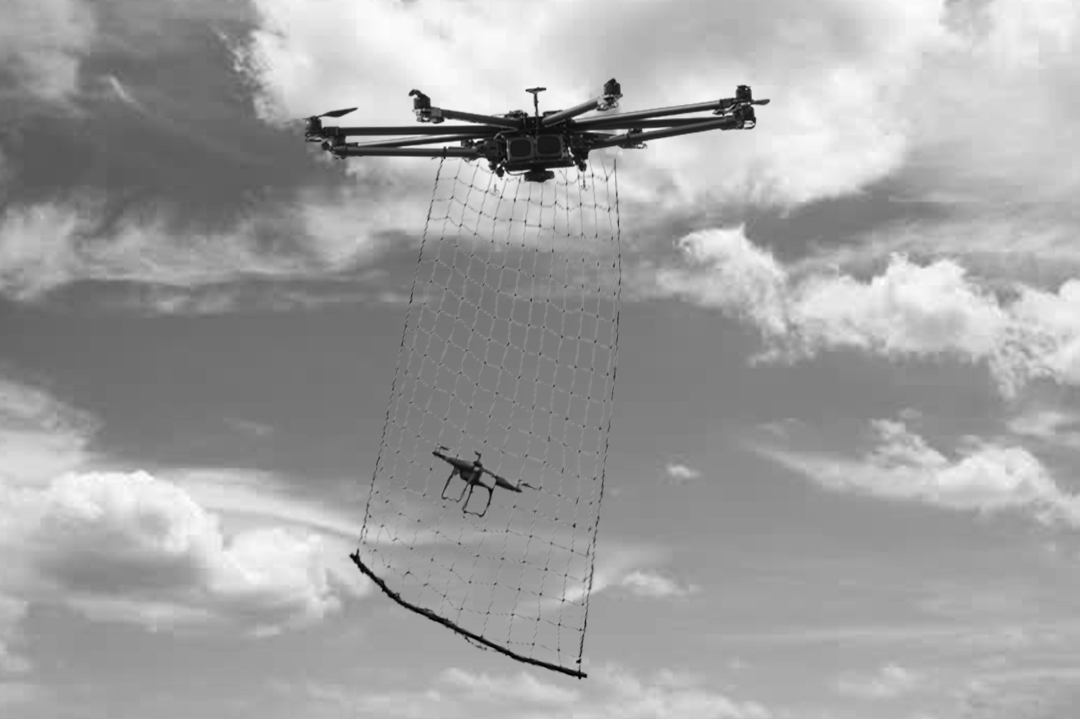

Drone Defeat Systems: These systems go beyond detection and actively disrupt the operation of unauthorized drones. They use methods like GPS spoofing to deceive the drone's navigation system, causing it to lose its way or hover in place. Other defeat mechanisms include directed energy weapons or kinetic projectiles to physically disable the drone.
Drone Monitoring and Tracking Software: These software solutions enable the real-time monitoring, tracking, and identification of drones in the airspace. They often integrate with existing radar systems and provide visual representations of drone positions, flight paths, and other relevant data.
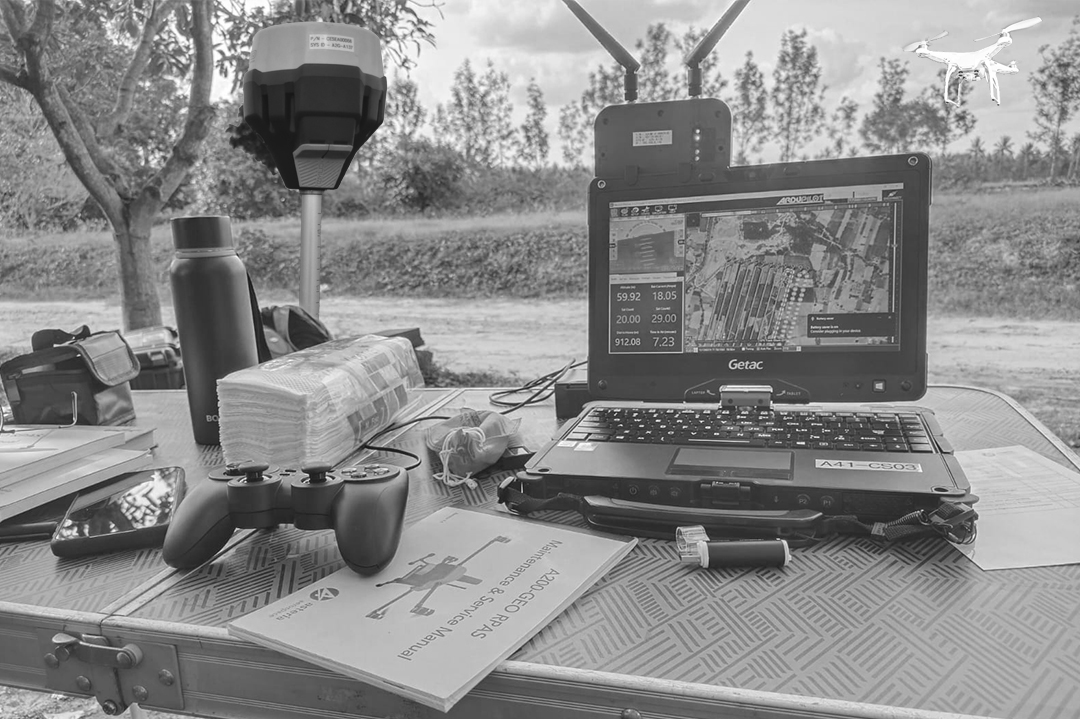
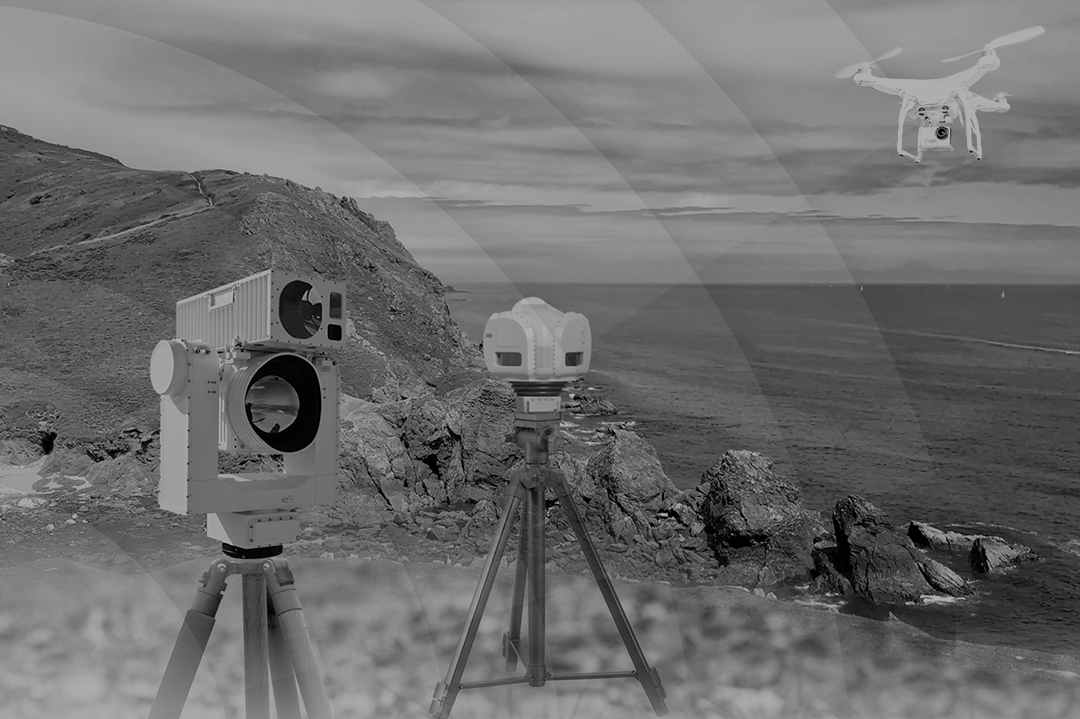
Anti-drone Domes: Anti-drone domes are physical enclosures that create protected airspace within a specific area. They use a combination of radar, radio frequency sensors, and laser systems to detect, track, and neutralize drones within the dome's coverage area.
Drone Detection and Mitigation Systems: These comprehensive systems combine drone detection, identification, and mitigation capabilities into a single platform. They integrate multiple technologies, such as radar, acoustic sensors, and RF detection, along with countermeasures like RF jamming or net-based capture.
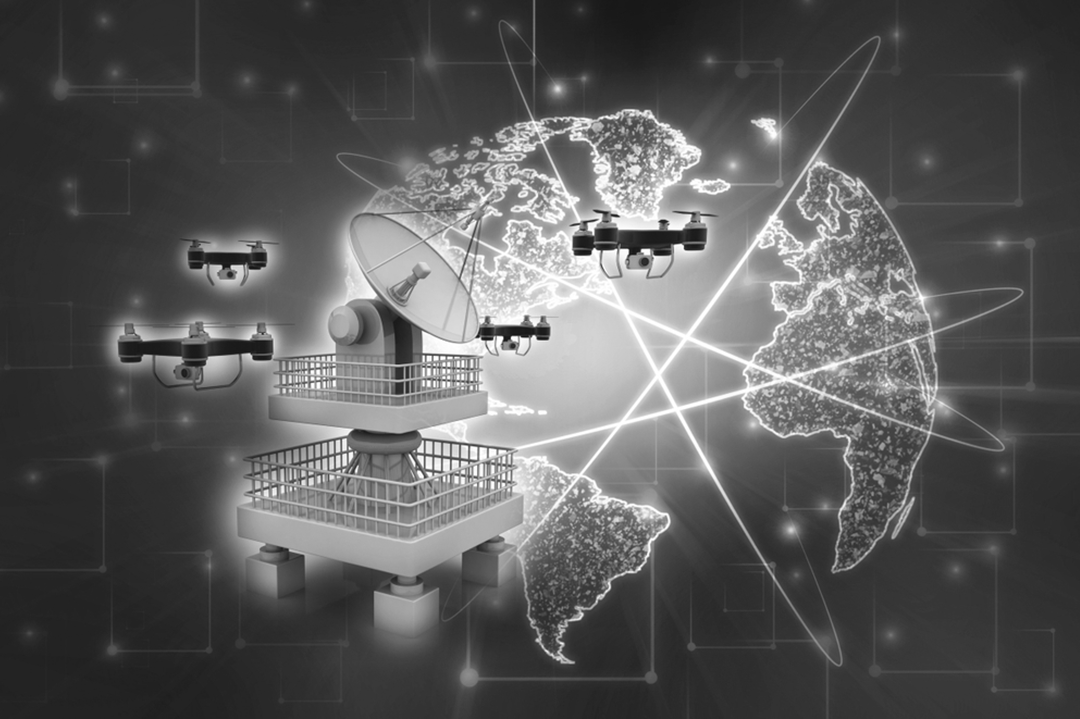
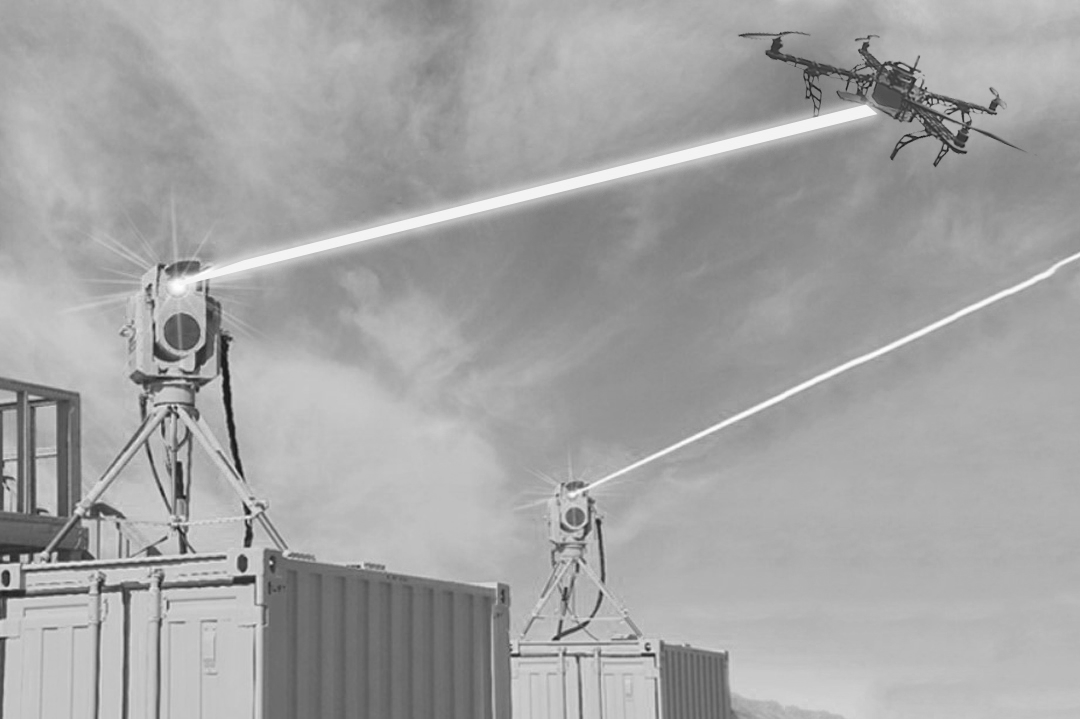
Laser-based Anti-drone Systems: Laser-based solutions use high-powered lasers to disable drones by targeting and damaging critical components such as motors, sensors, or communication systems. They offer precision and flexibility in engaging drones at various ranges.
Drone Geofencing: Geofencing involves using GPS or other positioning technologies to establish virtual boundaries around sensitive areas. Drones equipped with geofencing capabilities will be automatically restricted from flying into restricted zones, preventing unauthorized access.
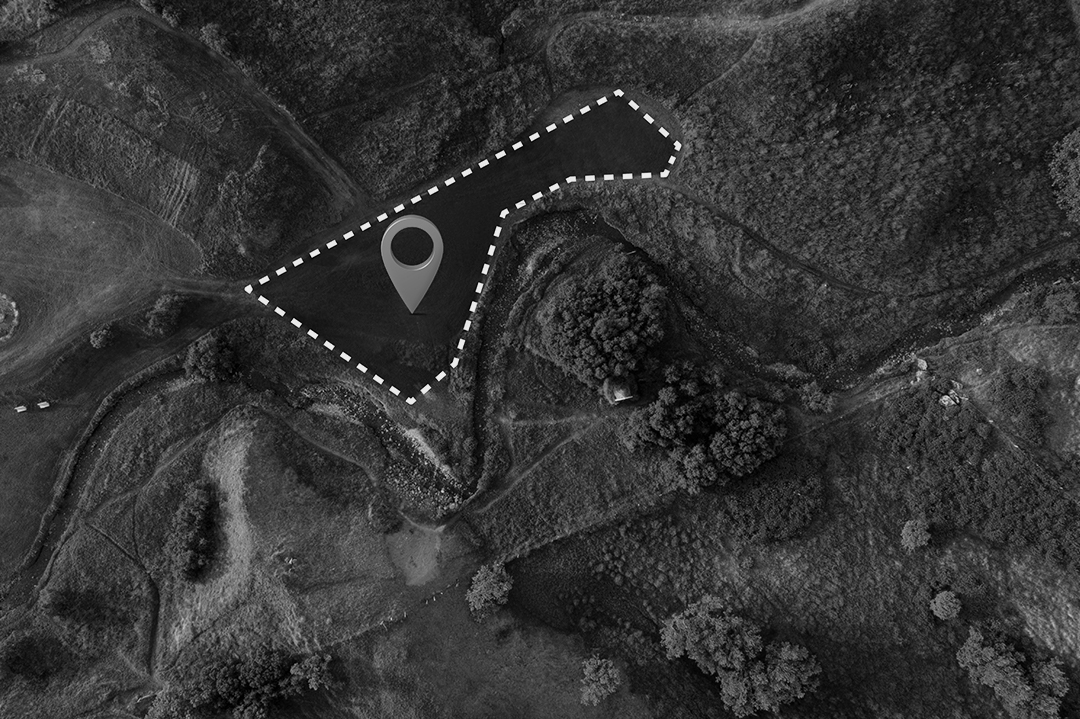
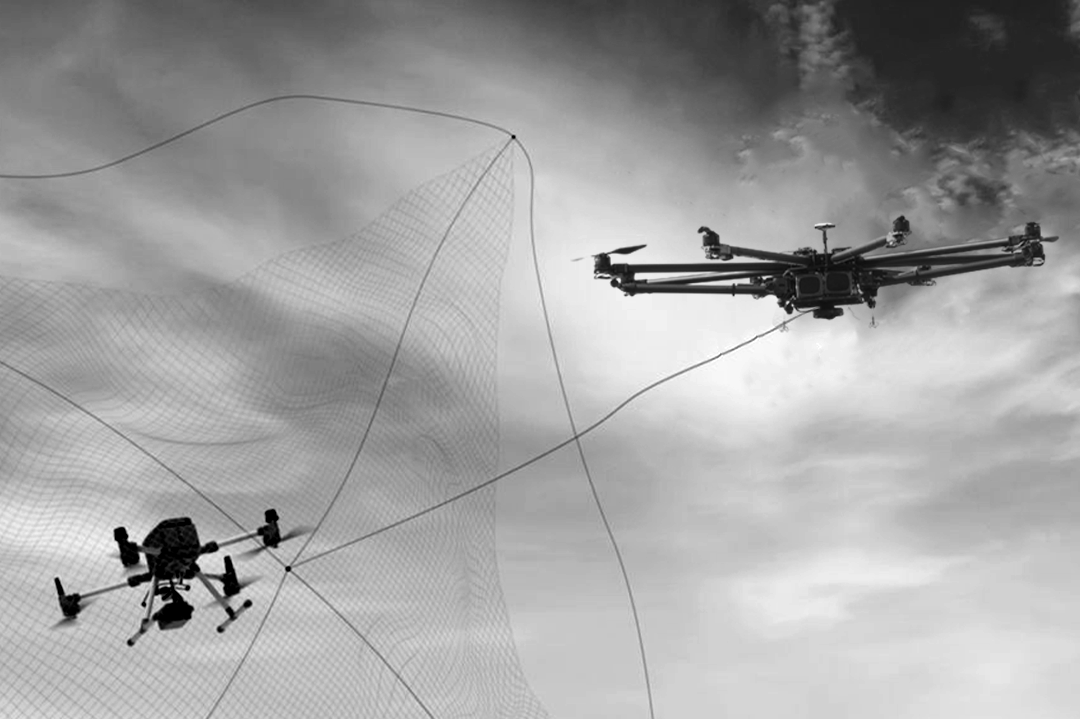
Anti-drone Drones (Interceptor Drones): These are specialized drones designed to detect and intercept unauthorized drones autonomously. They can be equipped with nets, lasers, or other disabling mechanisms to physically disable or capture rogue drones.